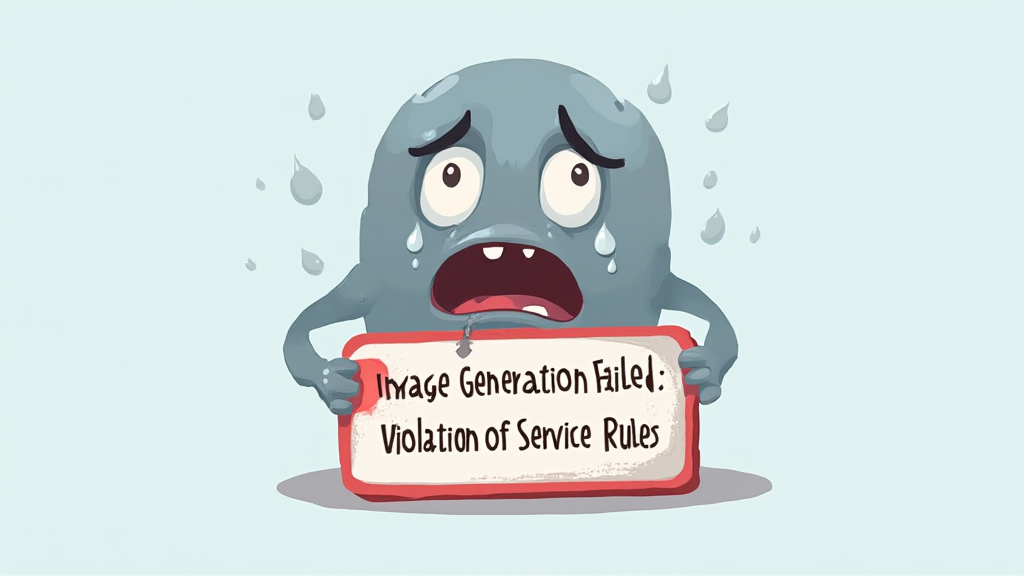Introduction to the Federal Reserve’s Role
Understanding the Federal Reserve System
The Federal Reserve serves as the central bank of the United States. It plays a crucial role in managing the nation’s monetary policy. By adjusting interest rates, it influences economical activity. This can lead to changes in inflation and employment levels. The Federal Reserve also regulates banks to ensure financial stability. Stability is essential for a healthy economy. Additionally, it provides financial services to the government. This includes managing the nation’s currency. The Fed’s decisions impact everyone. Understanding its role is vital for investors.
The Importance of Monetary Policy
Monetary policy is essential for economic stability. It influences inflation and employment rates. By adjusting interest rates, the Federal Reserve can stimulate or cool down the economy. This directly affects consumer spending and investment. Understanding these dynamics is crucial for financial planning. Knowledge is power in financial decisions. Effective monetary policy fosters a healthy economic environment. A stable economy benefits everyone.
Key Components of Monetary Policy
Interest Rates and Their Impact
Interest rates significantly influence economic behavior. They affect borrowing costs and consumer spending. Lower rates encourage spending and investment. This can lead to economic growth. Conversely, higher rates may slow down the economy. Understanding these effects is crucial for financial planning. Knowledge empowers better decision-making. Monitoring interest rate trends is essential. It helps anticipate market changes.
Open Market Operations Explained
Open market operations are a primary tool of monetary policy. They involve the buying and selling of government securities. This process directly influences the money supply in the economy. When the Federal Reserve purchases securities, it injects liquidity. This encourages lending and investment. Conversely, selling securities withdraws liquidity from the market. It can lead to higher interest rates. Understanding these operations is vital for financial analysis. They shape economic conditions significantly.
Recent Monetary Policy Decisions
Analysis of Recent Rate Changes
Recent rate changes reflect the Federal Reserve’s response to economic conditions. He noted that adjustments aim to control inflation and stabilize growth. By increasing rates, the Fed seeks to curb excessive spending. This can lead to a slowdown in economic activity. Conversely, lowering rates may stimulate investment and consumer confidence. Market participants must stay informed about these shifts. Knowledge is essential for making sound investment decisions.
Quantitative Easing and Tightening
Quantitative easing involves the Federal Reserve purchasing assets to increase money supply. This strategy aims to lower interest rates and stimulate economic activity. Conversely, quantitative tightening reduces the money supply by selling assets. This can lead to higher interest rates and slower growth. Understanding these mechanisms is essential for investors. They significantly impact market dynamics. Knowledge is key for informed decisions.
The Federal Reserve’s Economic Indicators
Inflation Rates and Their Significance
Inflation rates are critical economic indicators monitored by the Federal Reserve. They reflect the rate at which prices for goods and services rise. High inflation can erode purchasing power and savings. This often leads to increased interest rates. Convsrsely, low inflation may indicate weak demand in the economy. Understanding these trends is vital for financial planning. Knowledge helps in making informed investment choices.
Unemployment Rates and Economic Health
Unemployment rates serve as a key indicator of economic health. They reflect the percentage of the labor force that is jobless. High unemployment can signal economic distress and reduced consumer outlay. This often leads to lower economic growth. Conversely, low unemployment indicates a robust economy. Understanding these dynamics is essential for financial analysis. Knowledge is crucial for strategic decision-making.
Impact on Cryptocurrency Markets
Correlation Between Fed Policies and Crypto Prices
Fed policies significantly influence cryptocurrency prices. Changes in interest rates can affect investor sentiment. For instance, lower rates may drive more capital into crypto markets. This often leads to price increases. Conversely, higher rates can result in market pullbacks. Understanding these correlations is essential for investors.
Investor Sentiment and Market Reactions
Investor sentiment plays a crucial role in cryptocurrency market dynamics. Positive sentiment often leads to increased buying activity. This can drive prices higher and create bullish trends. Conversely, negative sentiment may trigger sell-offs and market corrections. Understanding these psychological factors is essential for traders. Knowledge of market psychology aids in decision-making. Emotions can significantly influence market movements.
Future Projections and Speculations
Potential Policy Shifts Ahead
Potential policy shifts may reshape economic landscapes. Analysts predict changes in interest rates and asset purchases. These adjustments could influence inflation and employment levels. Market participants must stay vigilant and informed. Anticipating these shifts is crucial for strategic planning. Knowledge is essential for navigating uncertainties. Future projections can guide investment decisions.
Implications for the Cryptocurrency Ecosystem
Implications for the cryptocurrency ecosystem are significant amid changing policies. Regulatory adjustments may impact market stability and investor confidence. Increased scrutiny could lead to greater compliance costs. This may deter some participants from entering the market. However, a more regulated environment could enhance legitimacy. Understanding these dynamics is essential for strategic investment. Knowledge fosters informed decision-making in uncertain times.
Conclusion: Navigating the Intersection of Crypto and Monetary Policy
Strategies for Cryptocurrency Investors
Cryptocurrency investors should adopt diversified strategies. This helps mitigate risks associated with market volatility. Monitoring monetary policy is crucial for informed decisions. Changes in interest rates can impact crypto prices. Investors must stay updated on regulatory developments. Knowledge is key to navigating uncertainties. A proactive approach can enhance investment outcomes. Understanding market dynamics is essential for success.
Final Thoughts on the Fed’s Influence
The Fed’s influence on markets is profound. Monetary policy decisions can sway investor sentiment. Changes in interest rates directly affect asset valuations. Understanding these relationships is essential for investors. Knowledge empowers better financial choices. Market dynamics are constantly evolving. Stay informed to navigate effectively.

Leave a Reply